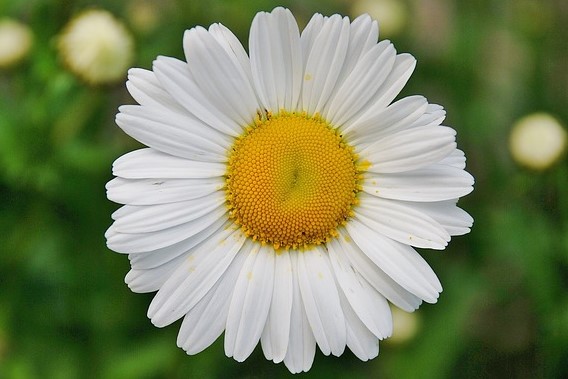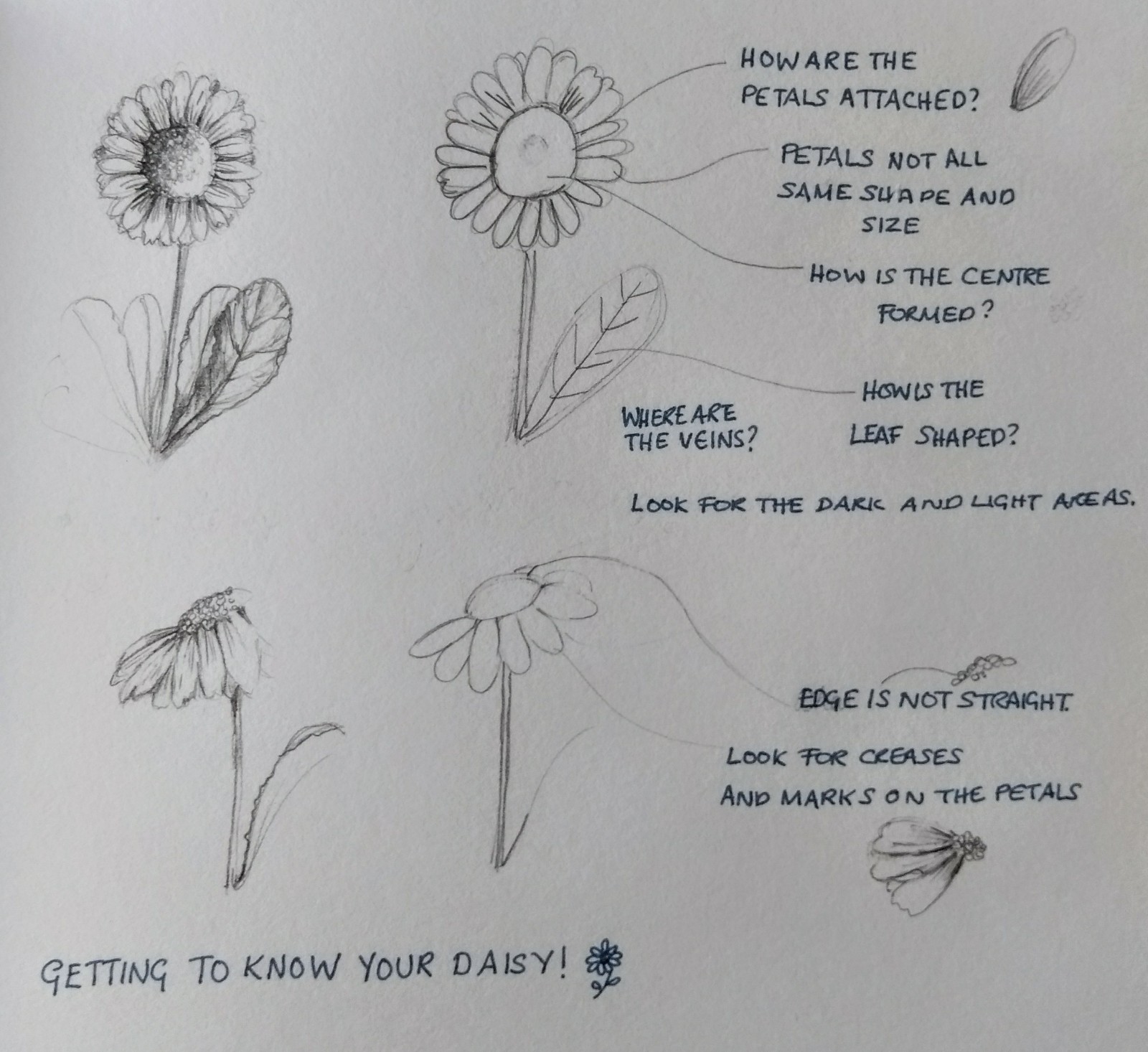Three simple steps to improve your nature drawing
/I used to believe drawing was a talent you were born with, and only certain, special, people were gifted with the ability to do it. When I finally understood that drawing and painting are simply skills you learn and develop like any others, it revolutionised both how I drew, and thought about drawing.
Most nature journalers are striving to create images which are realistic, and that can be challenging.
So, here’s what I think is the most important tip for learning to draw nature (or anything else), whether you’re just starting out with your journal, or if you’ve been drawing for a while and feel you’ve reached a plateau.
Learn to look, and see what’s really there.
Drawing what you see
When I first heard the phrase:
‘Draw what you see, not what you think you see!’
It sounded like gibberish!
But this advice is important in learning to draw more realistically. I’ll try to explain and please forgive me - science is not really my thing, so I’ve got to go step by step!
The brain uses shortcuts
In order to help us cope with daily life, our brain processes and stores information incredibly fast. It creates ‘shortcuts’, which help us to function effectively. This is how it works:
So, here's our sweet little daisy sitting in the grass......
We see, and identify a daisy. (I’m using this image, because I love daisies!)
Our clever brain takes this information and creates an idea of what a daisy looks like.
It puts shortcuts into place so we’ll recognise the image again.
This daisy idea/image becomes wired into our brain.
It becomes what we expect to see every time we look at a daisy.
(I hope you're still with me! Here we go with part two!)
shortcuts don't help us draw!
When we want to record a daisy in our journal though, this is what happens:
We start to draw our little bloom, but…
our ever helpful brain automatically fills in details about what we’re looking at,
and it uses the shortcuts it’s already stored about what we believe a daisy looks like.
Drawing what we see..............................................................and what we think we see.....
We concentrate on this idea/expectation; and we don’t look deeply at our individual and unique flower.
The result of this is that our drawing looks 'wrong';
and we get frustrated and cross.
Three Steps to Success
The good news is that in three really easy steps we can begin to make a huge difference to how we draw, by simply:
slowing down,
noticing the details,
carefully observing what we're drawing,
we avoid our brain ‘filling in the blanks’ with shortcuts.
It helps if you think of the process more like drawing an individual portrait of a new friend!
Take time to say 'Hello', and find out a bit about them.
Hello, unique little daisy! How are you today?
May I draw your picture? I notice your petals are very wonky, and your centre floret has a rather nice darker patch......
By focusing on the details, we begin to draw more accurately. Knowing and understanding what we're sketching helps us make our nature drawing more realistic.
When that happens we feel more confident, which in turn helps us on the journey to find our personal artistic style!
This knowledge really helped me, so if you're a new journaler, I hope it makes learning to draw nature a lot more satisfactory and fun for you too!
Remember, we can use this information to slow down and look at the details in other areas of our lives, to help us become more mindful and appreciative.
If you try the three steps, please let me know how you get on!



